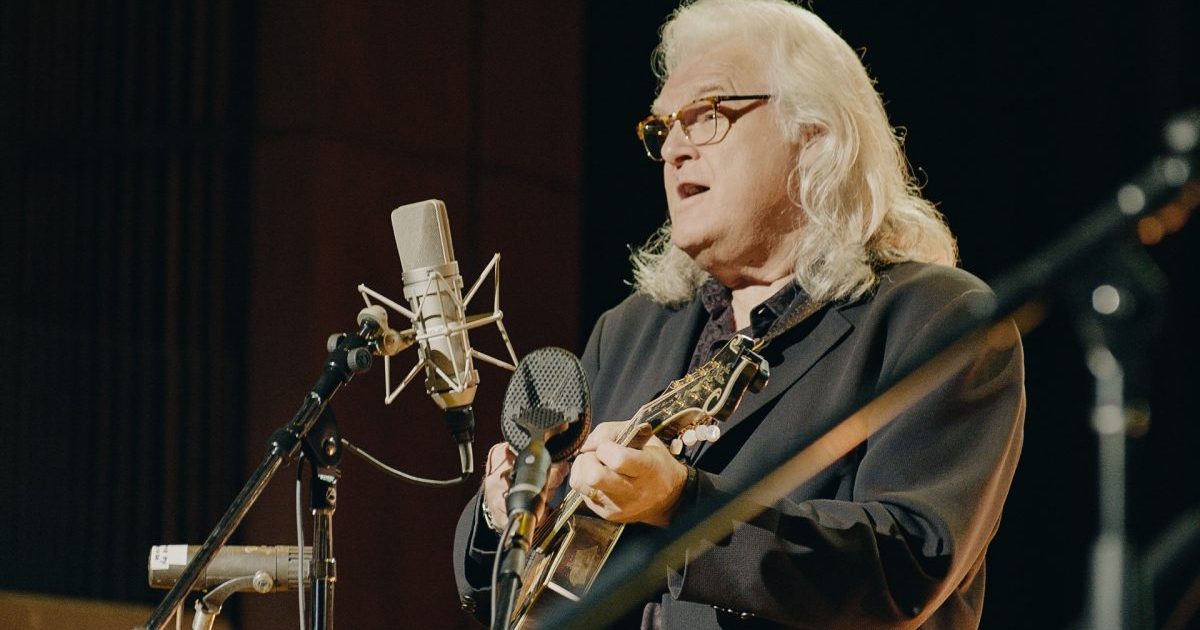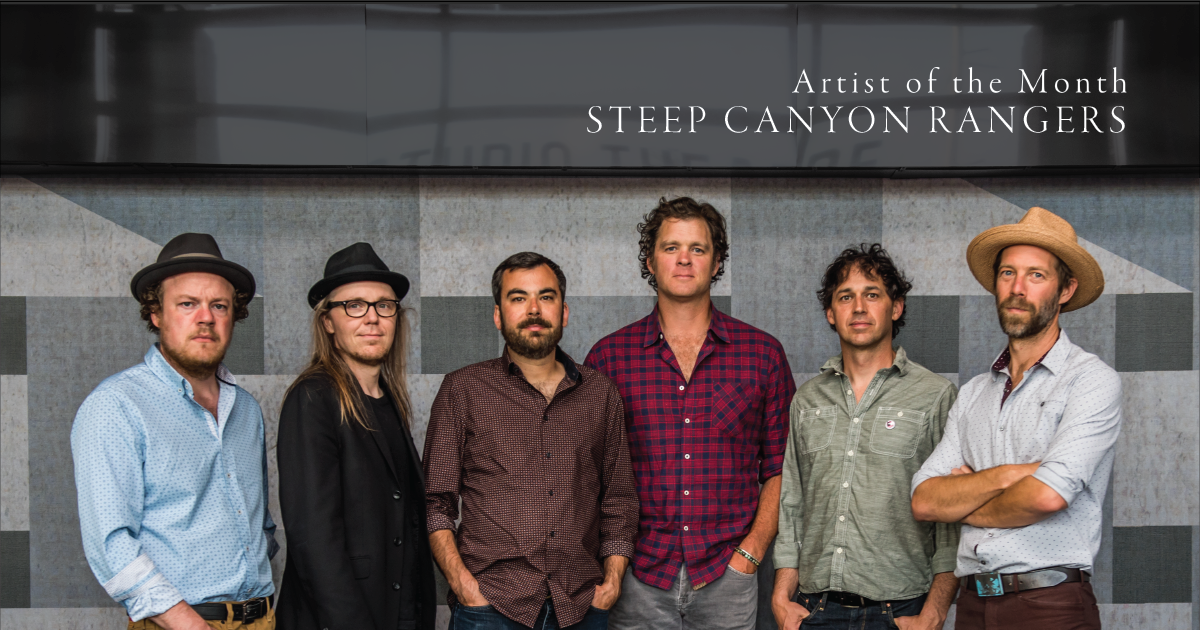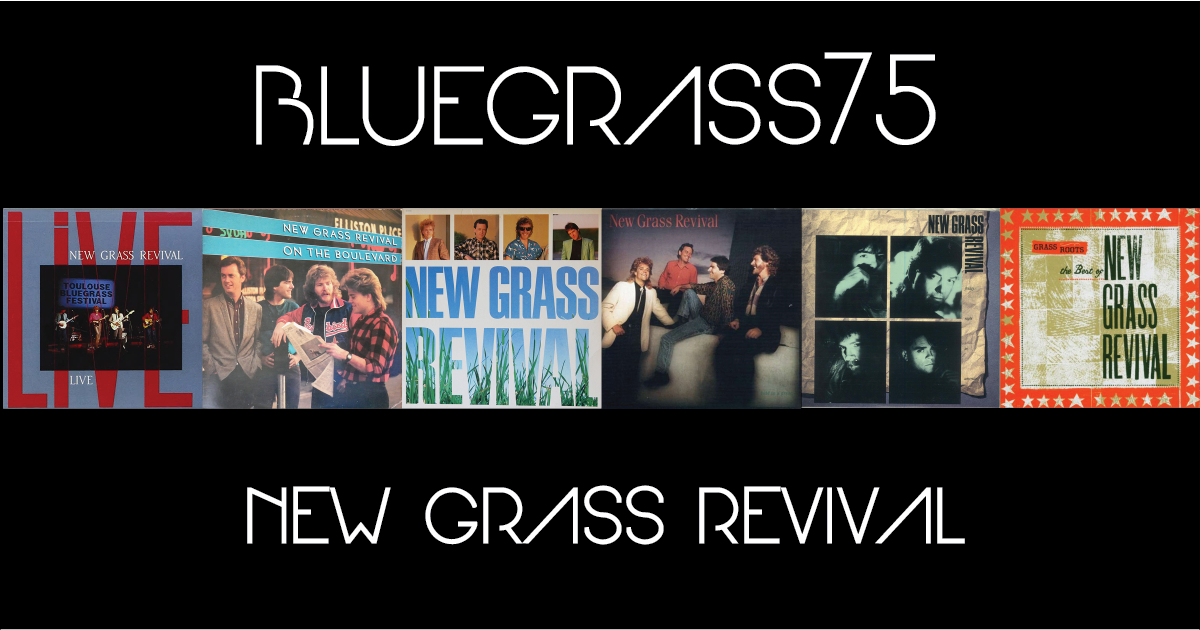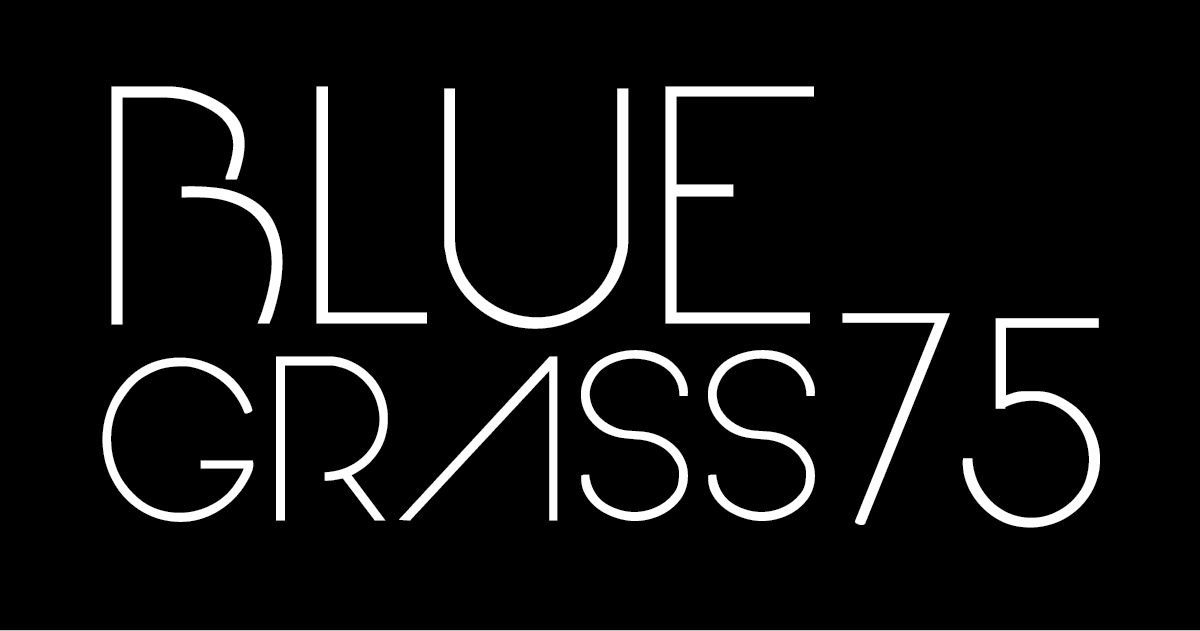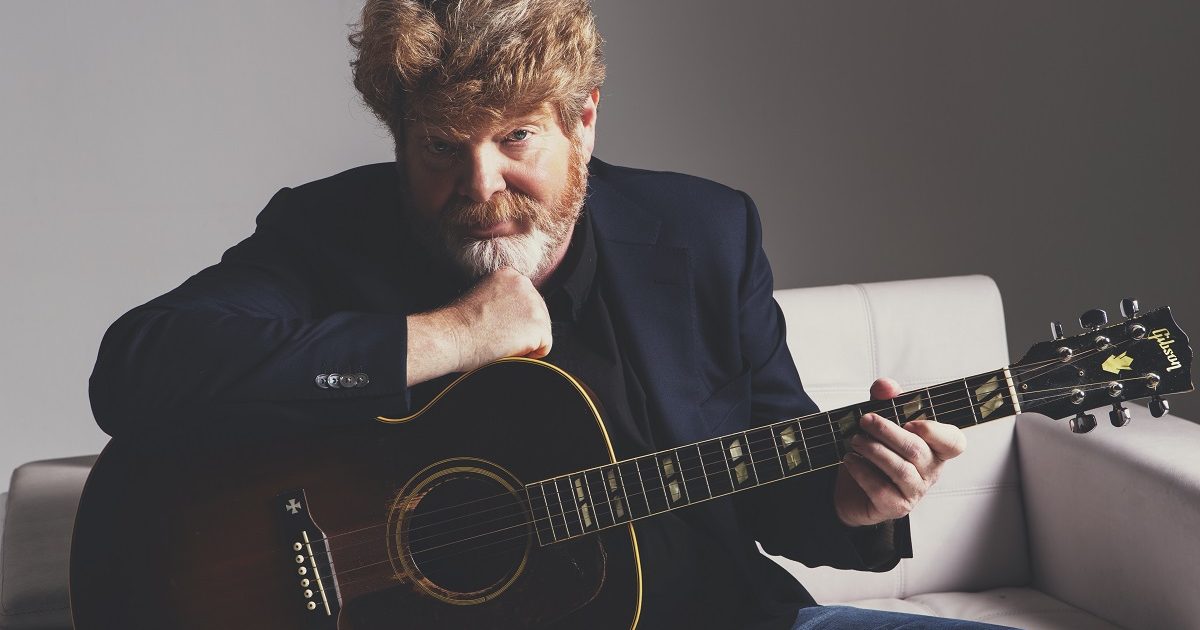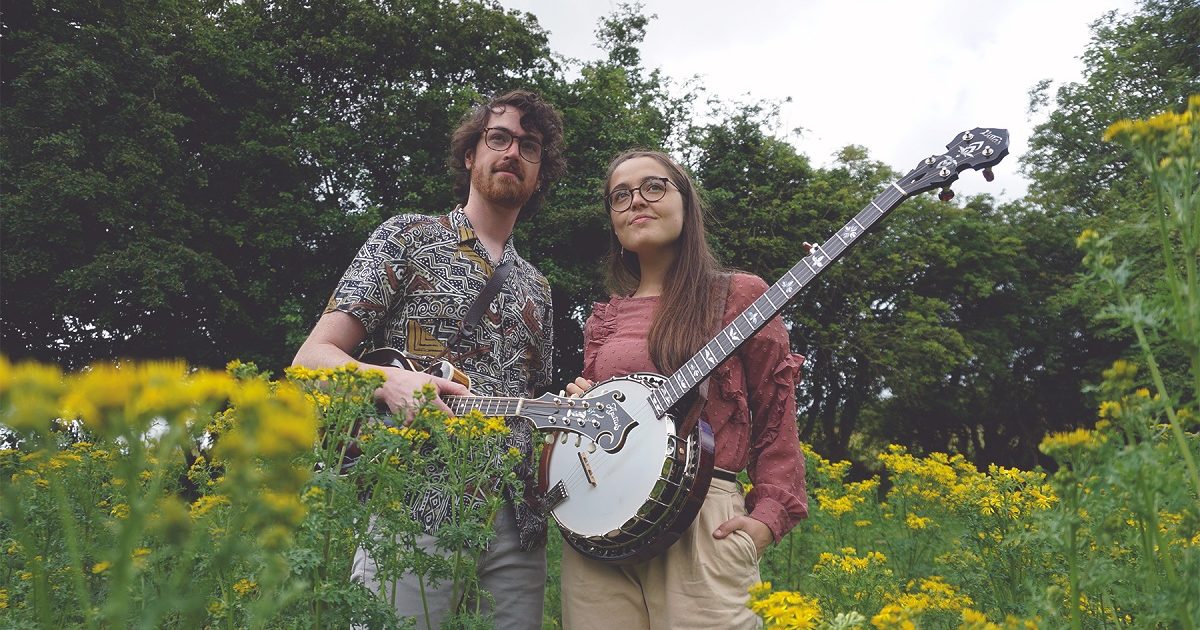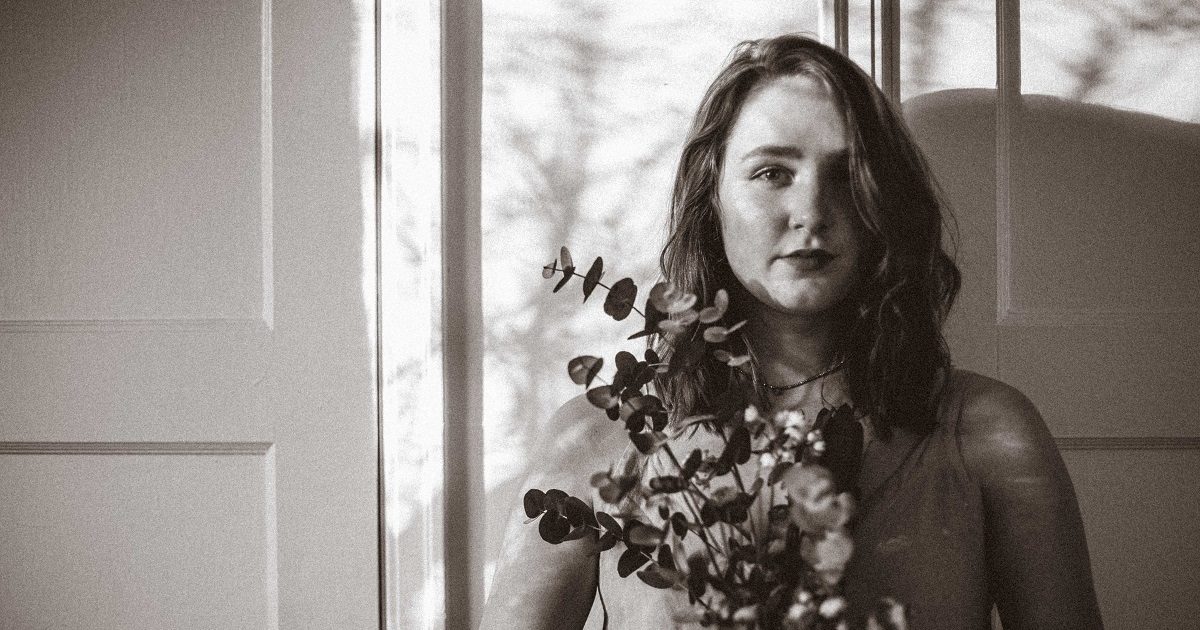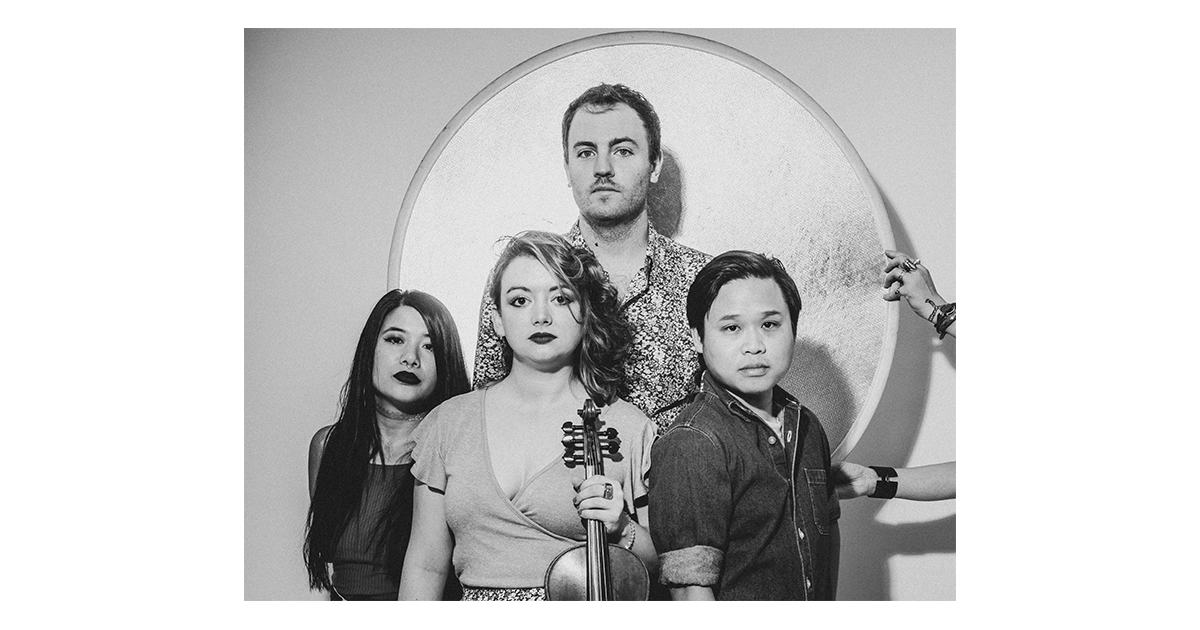On Wednesday, October 28, music fans had the chance to see and hear some of the most historic instruments in bluegrass played once again during an all-star fundraiser, BIG NIGHT (At the Museum). The Country Music Hall of Fame and Museum presented performances captured in the museum’s galleries and performance venues while the museum was closed, with select artists paired with instruments from the institution’s collection. The event debuted on the museum’s YouTube channel.
One such performance includes Alison Brown playing Earl Scruggs’s 1930 Gibson RB-Granada banjo, Ricky Skaggs playing Bill Monroe’s 1923 Gibson F-5 mandolin, and Marty Stuart playing Lester Flatt’s 1950 Martin D-28 guitar. Skaggs was elected to the Country Music Hall of Fame in 2018.
“I think it’s important to do anything we can to support the museum not as just members of the Hall of Fame, but as lovers of country music history,” Skaggs tells BGS. “I think it’s kind of our job to do that and it’s a privilege to know that my grandkids will be able to go there to see that history that we celebrated — and some of it I even got to be a part of. I’m thankful to be a part of it. It’s a wonderful thing.”
BIG NIGHT (At the Museum) generated support for the museum’s exhibitions, collections preservation, and educational programming. A closure of nearly six months due to COVID-19 caused significant loss of revenue for the museum, which was forced to cancel in-person educational events. During the BIG NIGHT program, viewers were encouraged to donate to the museum.
BGS spoke with Hall of Fame member Ricky Skaggs and museum CEO Kyle Young about the event.
BGS: Kyle, how have things been at the museum since the shutdown?
Young: We’re hanging in. We were closed for about six months. We opened back up September 10 under very limited capacity. As I look at the year, I think we will end up looking at lost revenue approaching thirty five million dollars, so it’s a matter of trying to navigate through and I’m hoping that we can stay open, even though it’s very limited.
Ricky, it’d be hard to imagine such an event without you there considering that you have such a deep connection to this music. What does it mean for you to get to play Mr. Monroe’s mandolin?
Skaggs: I can’t believe I’m getting to play it one more time. Every time I play it I’m sure it’s the last time, but then they’ll drag it out again and I’m always like, “Oh, God, thank you.” The first time I played it, I was 6 years old. So I didn’t really know that much about how priceless it was even then. And he wouldn’t just take it off and give it to you to play. He wasn’t that way, you know? Sometimes we’d shared a dressing room together. And he’d have the lid open in the case, but it would be pushed down in the case. I would always ask his permission if I could play it and he’d let me.
But, I didn’t play it that much when he was alive. I’ve played it so much more since he passed. There was a time before it went into the museum that the Opry House had it in a vault. There was a guy there that would let me play it, and two or three times a year, I’d go out and make sure that the bridge was OK and maybe I’d put new strings on it and stuff like that. But I played it quite a bit back then. When it went into the museum, I thought, “This is it.” You walk by and see it in the case and think, “Well, that ain’t ever coming out.” But I’ve been able to play it a few times and I’m always thankful.
It’s an amazing sounding instrument. And I made sure to mention, when I was inducted into the Hall of Fame, that Mr. Monroe did not create this music by himself. That instrument was his partner. That was his number one instrument from the time that he got it. He and that instrument created the sound of bluegrass. I mean, he was so creative after he got that instrument. If you think about the instrumentals that he wrote before when he had that F-9 with that short scale you can tell he was very limited. But when he got that 14 fret neck — goodness gracious! It gave him the room and the tone and the whole Loar experience to work with. It was meant to be. It was a heavenly meeting of two instruments: Monroe being one instrument and the mandolin being the other.
Listen to Ricky Skaggs on Toy Heart with Tom Power: APPLE MUSIC • STITCHER • SPOTIFY • MP3
That’s a beautiful sentiment and a good point about how inspiring that instrument was for him. That connection between instrument and musician existed with all of these instruments, so it’s going to be special to watch all of these performances. Were you all excited to get to perform a bit?
Skaggs: We were. None of us three — me, Marty or Alison — have had COVID, and we’ve certainly been pent up and cooped up. I recently did a video for Camping World with Steven Curtis Chapman, and after one of the faster instrumentals we played, I remember thinking, “Man, I have got COVID fingers,” you know? Kentucky Thunder hasn’t played a show since March 11 and that’s just crazy. So, it was a lot of fun to play with Marty and Alison. I think it’s going to be a really, really great show, and I hope it raises a lot of money for the Hall of Fame, because even though they’ve had to shut down, the building must be paid for every month like nothing happened. But, something has happened and that’s another example of how hard this virus has been on America in general, and which has been really, really unfortunate.
https://www.youtube.com/watch?v=Y1j5JYpSfTc
I know that those instruments almost never leave their display cases so what were the circumstances that allowed the instruments to get played for this event?
Young: We knew that there were a lot of things we couldn’t do while we were closed, but we tried to focus on what we might be able to do under these circumstances and what opportunities there might be. I don’t know if you remember this or not, but very early on in the shutdown, the Shedd Aquarium let a couple of penguins out and let them walk around the aquarium and posted videos of them looking at the other exhibits. That got us to thinking about what we could do. We are a very active museum with lots of programming, but we realized with an empty museum, we can carefully take these instruments out of their cases.
So, the penguins were the germ of it, to tell you the truth. We wanted to do something that looked like us and felt like us. The backbone of the museum, as you know, is the collection — and the collection is unbelievable. The curatorial staff enjoyed carefully choosing which instrument they wanted to take out and allow to be played. From that point, we decided which artists made sense.
That’s so special because I know it’s such a rare thing. The only time I can remember something like it was when Ricky played Bill Monroe’s mandolin at the Medallion Ceremony back in 2018.
Young: That was very, very unusual. And after a lot of discussion, we thought that’d be a great thing to do with Ricky that afternoon. And likewise, this is something we never do. It is only because we were closed and able to really control the circumstances by which we were moving these instruments and carefully handling them and letting the artists play them. They’re behind glass for a reason. That’s the best way to protect them. And they are in an environment that is intensely controlled from temperature to humidity to light exposure and so on. But we did feel like under these circumstances, and only these circumstances, could we see our way clear to take them out for a little while and let them be played.
Photos courtesy of the Country Music Hall of Fame & Museum
This article was updated on November 12, 2020
